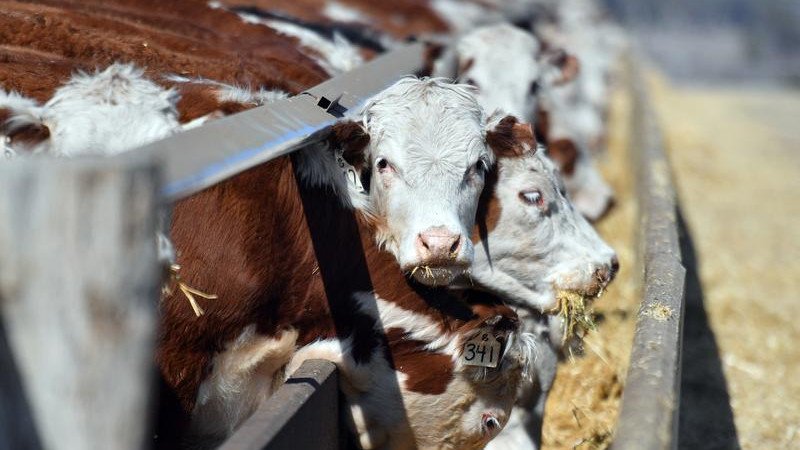EDITORIAL: When it comes to beef trade, the Albanese Government wants to play both sides of the fence

The timing, Trade Minister Don Farrell insisted, was “nothing suspicious.”
It was simply good timing that a decade-long biosecurity assessment by the Department of Agriculture had recommended lifting restrictions on the import of US beef into Australia, just as US President Donald Trump signalled he may toughen up tariffs already in place on Australian goods exported to America.
Just a happy coincidence.
Sign up to The Nightly's newsletters.
Get the first look at the digital newspaper, curated daily stories and breaking headlines delivered to your inbox.
By continuing you agree to our Terms and Privacy Policy.If you buy that, then you probably also buy the Government’s line that there wasn’t a ban on US beef entering Australia anyway.
Technically, that’s true, since 2019. But in practice, volumes have been kept extremely low because of restrictions requiring producers to be able to prove their beef was born, raised and slaughtered entirely within the US. Because of the US production beef chain’s integration with Mexico and Canada, that was impossible for most producers.
The restriction was ostensibly to prevent outbreaks of foot-and-mouth and mad cow diseases, which would be devastating to the Australian industry, were they to take hold.
But now, DAFF boffins have determined the risk to be minuscule enough to be acceptable.
Australian beef producers aren’t thrilled with the development. Industry body Cattle Australia wasn’t given a heads-up that this was coming and wants an independent scientific panel to go over DAFF’s work before restrictions are lifted.
But, should that working check out, they’re unlikely to argue too hard against the call.
Beef is a commodity Australia does well. It’s a product which commands a price premium around the world, and we’ve got plenty of it. By contrast, drought has shrunk the US herd to its lowest level in 75 years. The nation imported 400,000 tonnes of Australian beef last worth, worth $4.2 billion.
Even with the restrictions lifted, Australian supermarkets are unlikely to be flooded with North American beef, not only because ours is a superior product, but because the US simply doesn’t have enough to go around.
If Australia can safely accept American beef, then we should. The market can figure out the rest.
The Albanese Government wants to play both sides of the fence.
They want to find low-stakes concession to make to the Americans to provide leverage in trade negotiations. Restrictions on beef have been repeatedly used by Mr Trump as an example of “unfair” non-tariff trade barriers.
The Americans wasted no time in claiming the victory, with US Secretary of Agriculture Brooke Rollins saying Australia’s backdown was “yet another example of the kind of market access the President negotiates to bring America into a new golden age of prosperity, with American agriculture leading the way”.
But at home, ministers are sticking to the line that the policy switch had nothing to do with tariff negotiations. They want to avoid the perception domestically of having caved to bullying by Mr Trump, for whom Australians are clear in their dislike.
